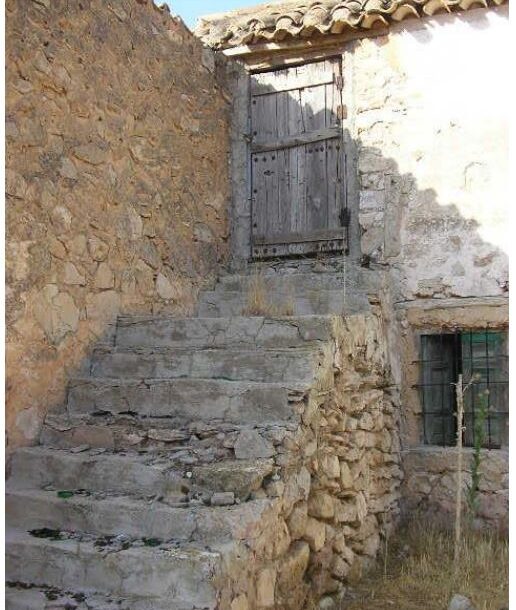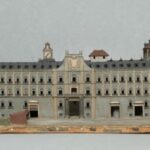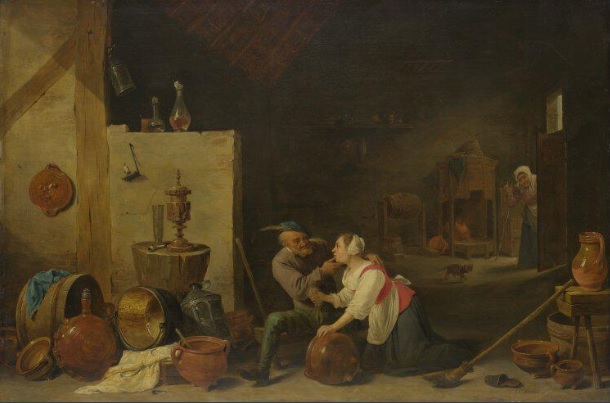
The Alcázar of Madrid was the palace that fortuitously disappeared due to a fire on Christmas Eve 1734. Until then it was one of the places where Spanish monarchs used to rest. The original fortification was built by Amir Muhammad I between 860-880 on a steep site that became a key position for the defence of Toledo. After the conquest of Madrid by Alfonso VI in 1083, and given the need to house the Castilian court, a new fortress was built, which was gradually extended over time. During the War of the Castilian Communities, the fortress was badly damaged (150-22), so Charles V extended the building when it was rebuilt. The extensions continued once the court moved permanently to Madrid in 1561 under the reign of Philip II, thus giving the space the definitive status of a royal palace. Under the reign of Philip III, Francisco de Mora was commissioned to harmonise the façade based on the Golden Tower built in an earlier period by the architect Juan Bautista de Toledo (a spire topped with slate with a layout similar to that of the monastery of El Escorial). However, Juan Gómez de Mora was responsible for introducing the most important novelties through the Baroque trends of his time, which spread during the reign of Philip IV.
Collection: Images
Project: 3. Rural world and urban world in the formation of the European identity.
Chronology: XVII
Scope: Secondary Education, Baccalaureate, University
Link: http://ceres.mcu.es/pages/Viewer?accion=4&AMuseo=MAN&Ninv=51932
Resource type: Image
Format: Sculpture in polychrome wood (86 x 24 x 25 cm)
Source: Museo Municipal de Madrid (Madrid)
Language: Spanish
Date: 1601-1700
Owner: Álvaro Romero González (Modernalia)
Identifier: 51932
Copyright: Museo Municipal de Madrid (Madrid)
Abstract: Facade of the Old Alcazar of Madrid before its fire on Christmas Eve 1734
Image
Tags






